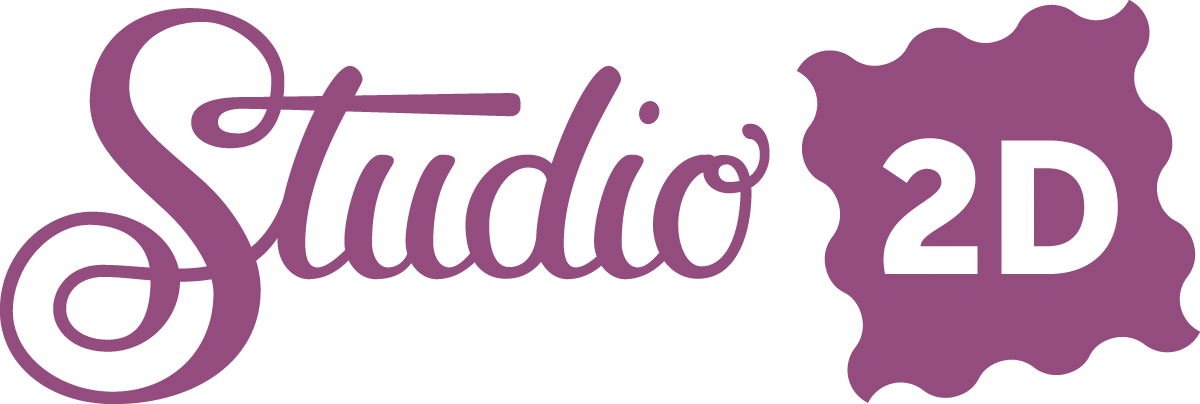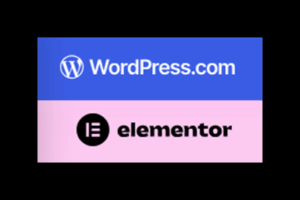
Why Use WordPress?
WordPress is the most popular website builder in the world. A universe of support has developed around this juggernaut. The game-changer for designers was the
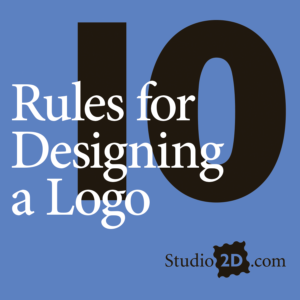
10 Rules for Designing a Logo
I have been designing logos for decades. Great logos have some basic principles in common. Here are my 10 rules for designing a logo.
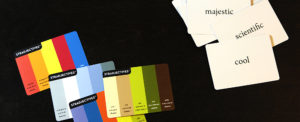
Strategic Adjectives
When in the beginning stages of a design, I recommend using descriptive words before you settle on colors and imagery.

Can AI Design?
Artificial intelligence is neither intelligent nor creative. My experience with AI has revealed it to be like an eager high-school intern. It delivers something that

Do Drugs Enhance Creativity?
On the second day of class in my first semester teaching Graphic Design, one of my students asked this question: Do drugs enhance creativity? Many
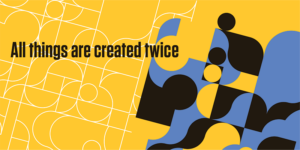
Quote: “All things are created twice,” says Stephen R. Covey
“There’s a mental or first creation, and a physical or second creation to all things. “Take the construction of a home, for example. You create
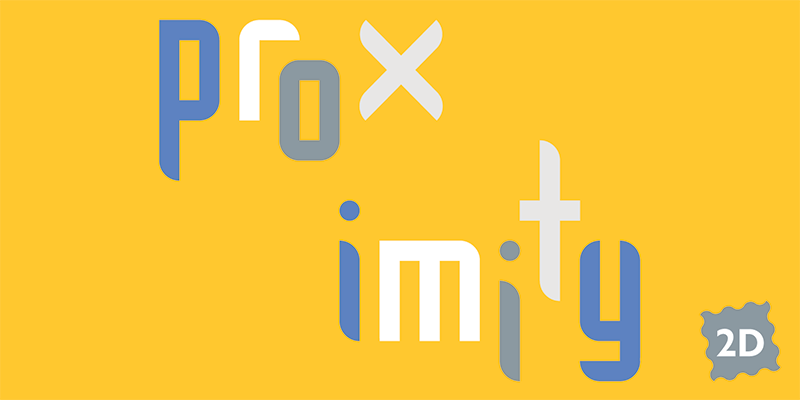

Outlines, drop shadows, and gradients, oh my!
What makes a good logo? In my opinion, simplicity, appropriateness, and uniqueness. I drive around town and see many poorly designed logos. Some are too
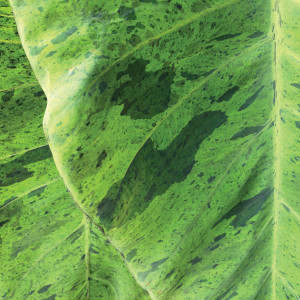
Basic Color
“Color adds tremendous meaning to communication as it vitalizes the visual message, delivering an instantaneous impression.” —Leatrice Eiseman, Pantone Guide to Communicating with Color Green
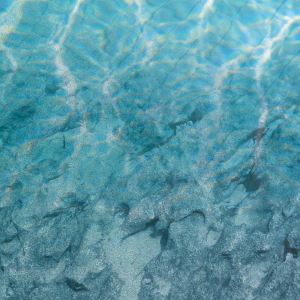
Design Principles: Texture
A subtle and often overlooked design principle is texture. Derived from the Latin word meaning “to weave,” texture arises from interwoven or layered parts.
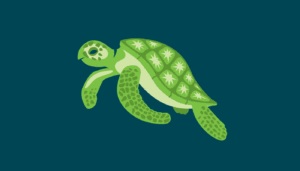
How to Spend More Time in Flow
Book Review: Finding Flow by Mihaly Csikszentmihalyi I’m intrigued by the idea of flow. I’m certain that I chose graphic design as a career because
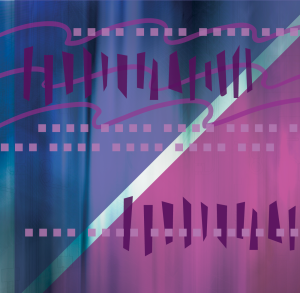
Design Principles: Rhythm
Rhythm establishes consistency in your design. Repeating elements operate like the bass line in a good tune. Rhythm can create movement through a multi-page publication
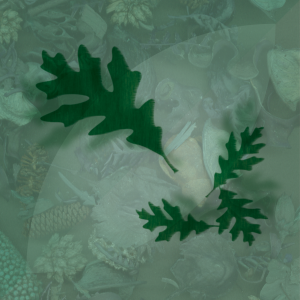
Design Principles: Balance
You know how important balance is in life. Balance is also a fundamental design principle.
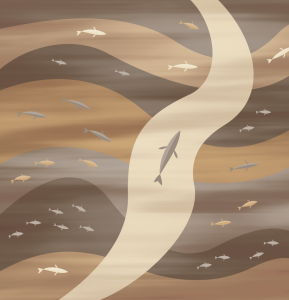
Design Principles: Emphasis
What if a movie had no climax? A news article had no headline? A song had no refrain?
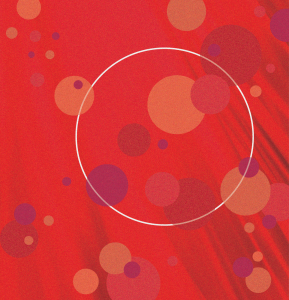
Design Principles: Unity
One of the most basic design principles is unity. Unity brings diverse elements into a cohesive whole. The image above is unified by color and
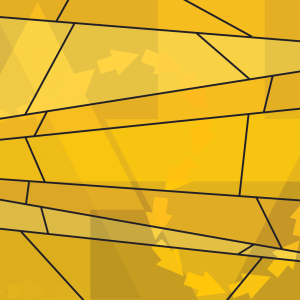
Design Principles: Line
Lines can be delicate or aggressive, directional or meandering, representational or abstract. Lines do much more than delineate a shape. They have rhythm. They have
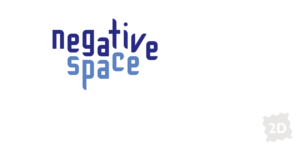
Negative Space
Let’s talk about white space—or more accurately, negative space, because it doesn’t have to be white.
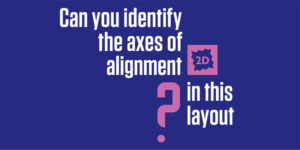
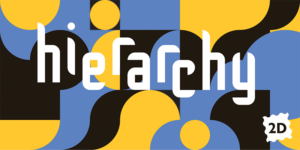
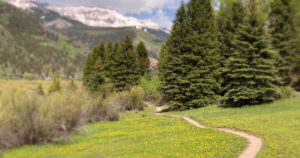
Become the Creative Force in Your Life
Book Review: The Path of Least Resistance by Robert Frtitz What does a musical composer know about creativity that he can teach the rest of

Great Design Puts People First
Book Review: The Design of Everyday Things by Don Norman Have you ever been confused by a piece of technology? We know electronics can be
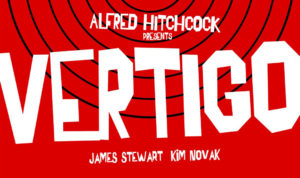
Spotlight on Saul Bass
A prolific and groundbreaking designer, Saul Bass designed posters for the film industry, including many Hitchcock films. His clients loved his kinetic hand-lettering so much
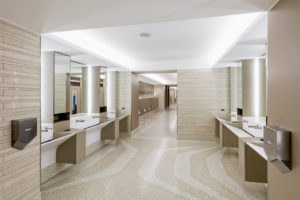
Design to the Rescue at LaGuardia
The restrooms got a major makeover at LaGuardia Airport, reports the Wall Street Journal: The design is getting a lot of attention. Instead of a
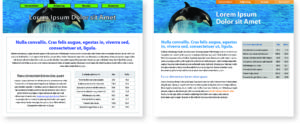
Design Tips for Programmers
The line between back-end and front-end programming is not always distinct. Many times programmers have to make design decisions on the fly. This guide is
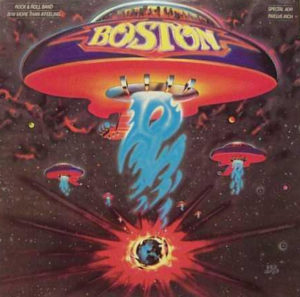
Spotlight on Paula Scher
Do you recognize this album cover? In Make It Bigger, Paula Scher describes the design process that she oversaw as art director at CBS Records.
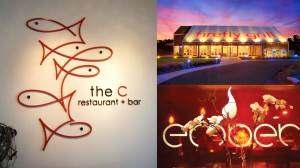
How Do You Choose a Restaurant?
I’m good at picking restaurants. Long before Yelp I used my own method of choosing a restaurant based on its typography. My husband and I
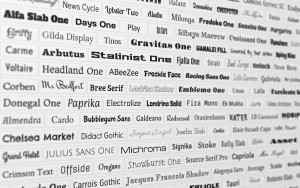
Pecha Kucha: Beautiful Typography
The more people learn about typography, the more they appreciate it. Watch my Pecha Kucha presentation on YouTube to learn a little about type history,
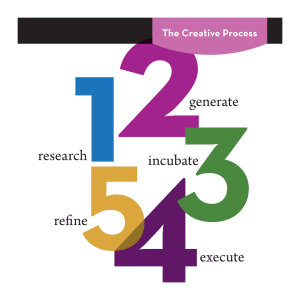
Creative Process
“Think about it . . . deeply. Then forget it. And and idea will jump up in your face.” —Don Draper, Mad Men The creative
Design Strategy
design: to form or conceive in the mind for a definite purpose strategy: a plan for obtaining a specific goal or result More and more companies
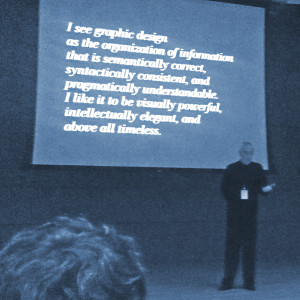
Spotlight on Massimo Vignelli
A few years back I had the sublime pleasure of seeing Massimo Vignelli speak at a design conference. I snapped this photo with my phone
White Space is Good
White space—or more accurately, negative space—is an important part of any design.
The Law of Focus
I am revisiting a book I read called The 22 Immutable Laws of Marketing. The law that I think is most important, and the one
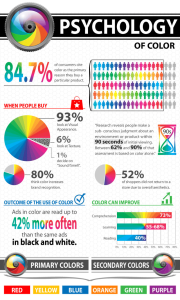
The Psychology of Color in Marketing and Branding
A friend sent me this link to the FastCo article about choosing color for logos. I am including the infographics here. The original article has
Creative Advertising Gets Results
Creative advertising gets more attention from consumers and fosters positive attitudes about the marketed product. Ask any marketing professional, and they’ll tell you that creative ads
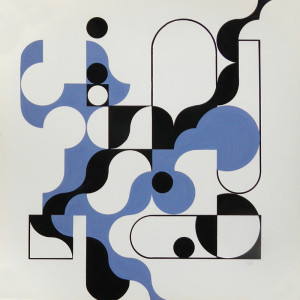
Why Design on a Grid?
Think of the grid as the design’s skeleton; you can’t see it, but it gives structure to what you do see. The majority of publication
Growing Opportunities for Design Consulting
John Rousseau of Creative Review makes the case for expanding opportunities for design consultancy—as long as a few challenges can be overcome. Introducing design into

Color Selection
We know the importance of precision when selecting a color scheme for a brand or project. (See the earlier post Introduction to Color.) But how do
Design Strategy: Case Studies
Designers don’t just make web pages and publications look nice. Good design is all about effective communication. While aesthetics is one side of that coin,
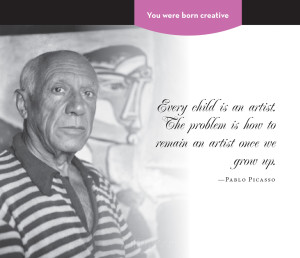
Anyone Can Be Creative
Creativity is not a trait limited to artists and authors. Anyone with a goal or a problem to solve utilizes creativity to find novel solutions,
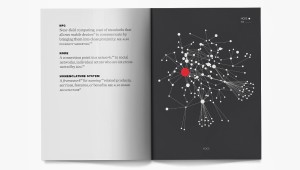
The Dictionary of Brand by Marty Neumeier
Wow, just found this beautiful little book (thanks Alfredo Muccino of Liquid Agency) presented on SlideShare. Simple and to the point. It explains branding concepts in
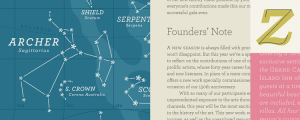
Hoefler and Frere-Jones
You may not have heard of them, but you have seen their work everywhere. For over 25 years Jonathan Hoefler and Tobias Frere-Jones have designed
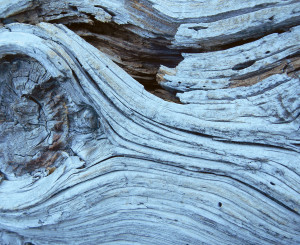
7 Design Principles Inspired by Zen
What do all of the most memorable and beloved designs have in common? It’s not just innovation, creativity, or simplicity alone. Whatever it is can’t
Opportunities in Social Media Marketing
Social media has created an opportunity for companies to connect with their customers on a more personal level than ever before. Useful Social Media has

Designing a Logo
This is a real world example of the creative process at work.
Generation C
From trendwatching.com “The GENERATION C phenomenon captures the an avalanche of consumer generated ‘content’ that is building on the Web, adding tera-peta bytes of new text,
Funny Glossary of Branding Terms
Some examples: Brandpa A grand old brand. i.e., Royal Mail, Jim Beam, that Jesus Fish thing
From the Editor of HOW Magazine
In the September 2012 issue of HOW Magazine, editor Sarah Whitman says: “Back in the day (say, 2010), marketing gurus were telling their disciples that,
The Agony of Creation
The creative process can be broken down into steps, followed methodically, and achieve results every time. Occasionally, the creative person has a “eureka” moment when
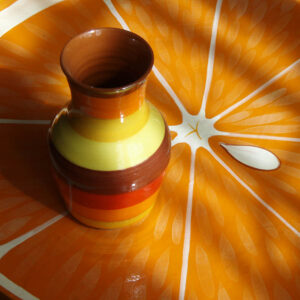
Advanced Color
“All colors are the friends of their neighbors and the lovers of their opposites.” —Marc Chagall Colors evoke emotions. Advanced use of color takes
Introduction to Color
With only a split-second glance, color can convey a memorable message. Color speaks to us by instantly evoking physiological reactions and cultural associations. Utilizing the
Rules of Typography
Follow these rules if you want your publication to look professional, be easy to read, and reflect well on you. When in doubt, consult The
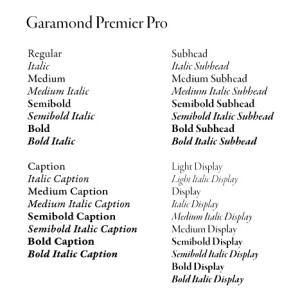
Do You Know What a Font Is?
typeface: an artistic design for letterforms A typeface represents a consistent visual appearance for letterforms. A typeface might be produced as a single font, or
Social Media No Match for Face-to-Face
From wsj.com “Today’s consumer marketplace is highly social, but not because of particular platforms or technologies. The businesses that will be the most successful in the
Case Study: Selling More Chocolate
from the Wall Street Journal article by Elizabeth Holmes When Godiva wanted to get people to eat more chocolate, it had an 85-year brand history
Branding by Design
From fastcompany.com Busy day, so I’m just going to quote the article: Branding and design are, to a large extent, inseparable. “A brand is not your
Book Review: The 22 Immutable Laws of Marketing
by Al Ries & Jack Trout Some of the 22 laws are surprising and counter-intuitive. Number 12 in particular: the Law of Line Extension. Almost
Rebranding
Rebranding an established company can be both exciting and scary. The fear is that a new image will alienate loyal customers. The exciting part is
Book Review: The Ultimate Marketing Plan
by Dan S. Kennedy I liked the conversational tone of Dan’s writing. He is not academic. His experience comes from working with businesses first hand.
Variations on a Theme
When you have a good idea, get more mileage out of it by creating variations on the same theme. That is the foundation for ad
Patterns and Anomalies
Patterns are formed by repeating elements. Repetition can become tiresome, so patterns are often used in the background rather than as the main focus. However,
Parallelism
When you have more than one thing grouped together, keep them parallel. A simple example: in a list of actions, use the same verb tense
Mythology and Folklore
A rich source of symbolism and imagery is found in mythology and folklore. To find out why these stories resonate so strongly across cultures and
Tell a Story
A story has an arc—a beginning, a middle, and an end. A good story builds tension and anticipation, and has a climax followed by a
Limitation and Parameters
What is more intimidating than a blank page? The best spark for creativity is a limitation. Do not strain against parameters, use them to transcend
Creativity by Quantity
One way to accomplish a creative breakthrough is by sheer quantity of solutions. Set a goal of coming up with 100 ways to solve the
The Sketchbook
Inspiration can be fleeting. Your sketchbook is the net to capture elusive ideas as they flutter by.
Creative Environment
For me, the most important condition for a creative breakthrough is the right environment. I like a space that is free of clutter. Reminders of
Copy the Masters
If you want to paint like Van Gogh, copy one of his paintings brushstroke for brushstroke. If you want to improvise like Charlie Parker, transcribe
Japanese Tea Ceremony
For a mental break and a return to clarity, create your own ritual based on the Japanese Tea Ceremony. It requires little equipment or time.
Quote: “Real Creativity”
“Real creativity . . . works best when we aren’t searching for outcomes but are simply allowing them.
Creativity
You were born creative. Humans are, by nature, creative beings. Maybe in third grade you thought your picture didn’t look as good as the “talented”
Creativity Killers
Stress: Although some of us work best under pressure, constant low-level stress will suck away your creative juice. Comfort: Staying in your comfort zone will
Creativity Triggers
Need to jumpstart the creative process? Here are some ways to spark your imagination: Synthesis: add something. Introduce a new element, either similar or completely
Creativity Triggers
Need to jumpstart the creative process? Here are some ways to spark your imagination:
Why be creative?
Creative thinking can: overcome obstacles resolve conflict give you a competitive advantage at work encourage personal growth brighten your outlook make life interesting
